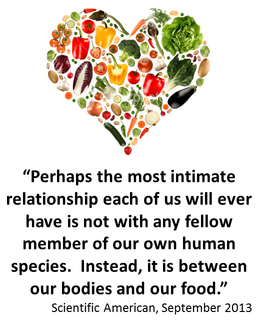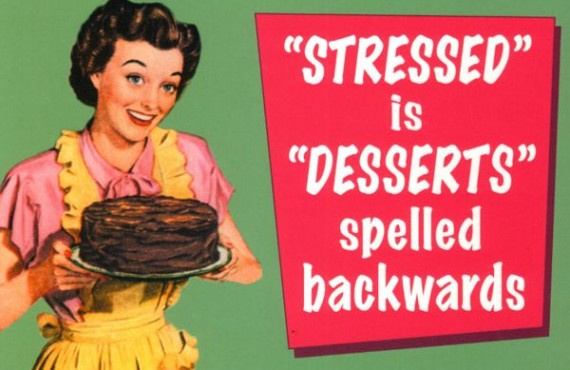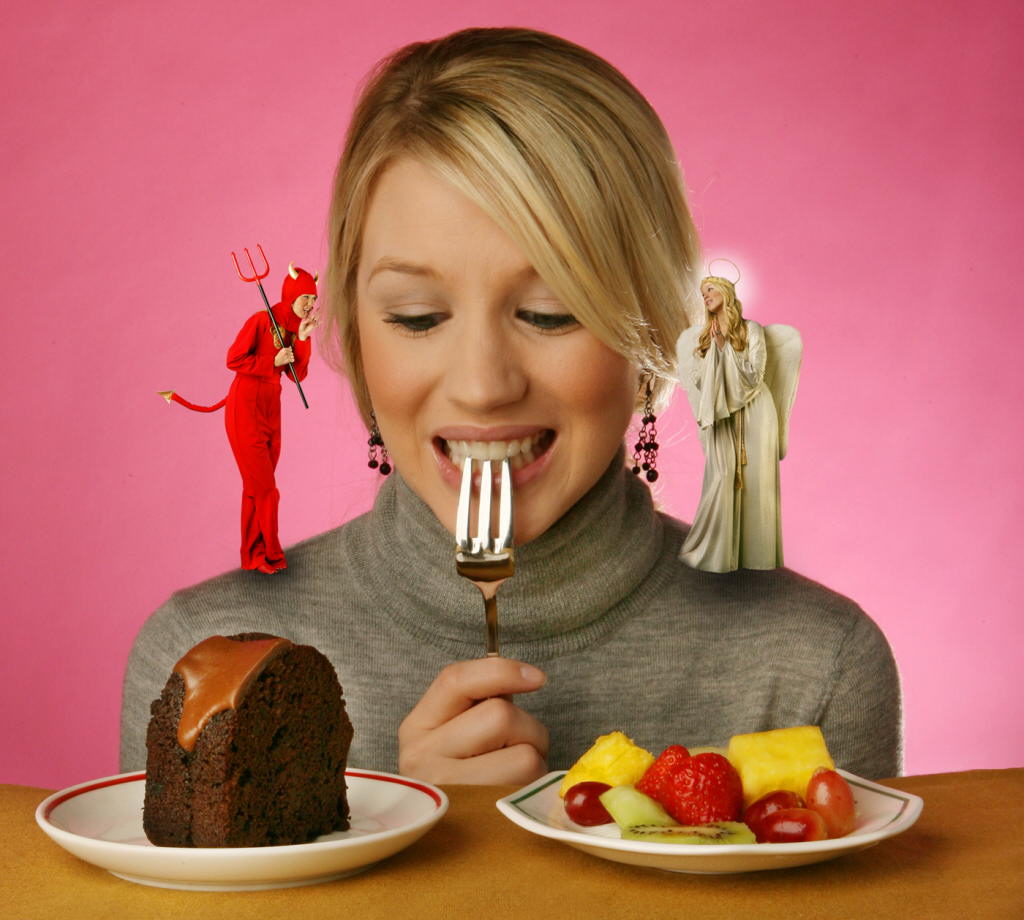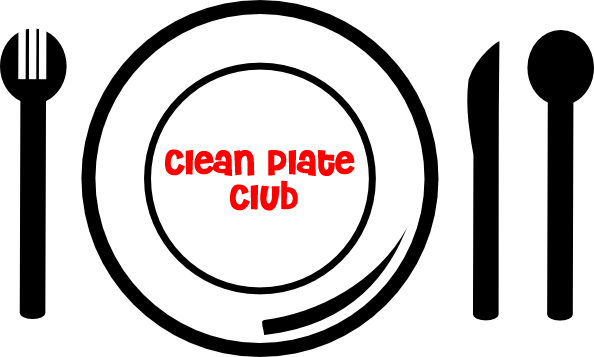Helping their child develop a healthy relationship with food is typically not a top worry for most parents unless they have struggled with their own food relationship. But it is one of the long term goals of the feeding philosophy we promote with this class. It’s important for us that you understand why that is.
 Since food is an inanimate object, how does one develop any type of relationship to it? Here are some examples of problems in the eating/food relationship so you can see why we believe in the kind of feeding we are teaching you:
Since food is an inanimate object, how does one develop any type of relationship to it? Here are some examples of problems in the eating/food relationship so you can see why we believe in the kind of feeding we are teaching you:
Coping with difficult emotions by using food.
Coping with difficult emotions by using food is a habit that can easily start in toddlerhood. It might be because parents regularly offer treats to distract their upset child. It might happen because of major family stress coupled with easily accessible food. If there is little structure and food is always available to eat at any time, there’s little stopping a young child from grabbing food out of boredom or sadness or any number of emotion-based reasons. Once that habit of soothing with food gets started, it’s a tough one to break. That is why we advocate not using food as a reward or soothing device and sticking to regularly scheduled eating times.
We do want to clarify one thing. Food cannot be completely severed from our emotional lives. We are not advocating an emotionless, no feelings approach to eating. We are not suggesting you quit having birthday parties and celebrations that involve food. And even eating ice cream after a hard day does not indicate a problem. Eating something delicious should feel good and give you pleasure. Maybe even joy! It’s when food becomes the constant and go-to way to soothe, cope, or stuff emotions that is an issue.
Grazing in order to get the foods you really want
Grazing on candy, chocolate, chips, popcorn, or other ‘treats’ is easier to do on the fly if you consider them bad or forbidden because you’d never plan to eat such things on purpose…you’d feel too guilty!
That is why we believe in incorporating sweets and other treats into meals or snacks rather than making them completely off limits or being too restrictive with them. Black and white thinking about food can distort the eating relationship and turn food into a reason to feel pride or shame. Neither is helpful.
Forbidden foods tend to become more enticing and ‘healthy’ food becomes a chore if we get too rigid in our thinking and the way we feed our kids.
Learned inability to stop eating when full
This can result from learning that you have to eat to please someone else and learning to ignore your stomach’s signals of fullness.
Adina remembers one older adult client who said she could still hear her deceased mother’s voice urging her to clean her plate. That memory and habit made it difficult for her to respect her body’s signals.
Eating past fullness can also result from feeling food insecurity and consequently overeating when the opportunity to have plenty arises.
Lack of trust in ones ability to manage food may occur when parents don’t trust their child’s eating. It can create a self-fulfilling prophecy where that child learns that he is untrustworthy around food. This is common when parents are concerned about a child’s larger size and may take cautionary measures to restrict the child’s calories: pushing low calorie, less palatable food and controlling portions of higher calorie foods or banishing those foods altogether. It sends the message that hunger and fullness are not reliable, that your child cannot determine when to start or stop eating, and that your child is incapable of self-control in the face of certain foods (or that certain foods will automatically overwhelm her self-control).
Mindless Eating. In today’s fast-paced world, it’s easy to relegate the task of eating to the sidelines: an afterthought and necessary evil. Something only worth doing while multitasking: using the computer, working, watching TV, commuting to work.
For a child this could include (though none of these are always inherently bad or worth feeling guilty about when they are occasional occurrences): being handed a snack cup for every stroller ride or car ride or to keep quiet in the grocery store. It could mean offering a daily meal in front of the TV or iPad in hopes of distracting him into a few more bites. When eating regularly happens in a disconnected and distracted way, habits are formed.
Of course this does not mean that you can never sit down for popcorn and a movie–that would be extreme. But we would recommend against all TV or movie time being popcorn time and all popcorn being connected to TV/movies.
We believe that implementing the correct Feeding Job Description sets the stage for a healthy relationship with food by providing structure and leadership while giving stage-appropriate autonomy for children to learn to trust themselves around food and feel good about eating. It all starts with positive attitudes toward this eating business because you’re able to hold down the fort with structure and trust. Natalia has a great article about trusting a child’s appetite: Can we trust our children’s appetites?
Overall we’d say that helping your child develop or maintain a positive and healthy relationship with food is a very important aspect of feeding. Feeding at regular times, serving a variety foods, incorporating treats appropriately, and letting your child’s self-regulation, rather than your prodding, drive his actual eating is a fabulous way to accomplish this.
Now let’s look at portions. Not from the perspective of how much your child should but simply to have a realistic idea of what to expect.
Realistic Portion Expectations
How much does your toddler need to eat? Probably less than you think. What we call a “starter portion” for a toddler would be a tablespoon of food per each year of life. Here is a sample meal plan for a typical 2 year old. Please use it as a very rough guide to help you include all food groups and maybe get a couple of ideas on what to serve, not as another piece of advice on what your child should eat.
For example, a dinner for a 2 year old could be:
2 tablespoons of mashed potato + 2 tablespoons of vegetable + 2 tablespoons of chicken.
That said, it is not very common to see a toddler eating such a balanced meal on a regular basis. What you will see more frequently will look like this:
4 tablespoons of mashed potato+ a bite of chicken
OR
3 tablespoons of chicken and nothing else
OR
1 tablespoon of vegetable and 2 tablespoons of mashed potato.
Here is a video of 1 toddler and 1 preschooler eating in a typical toddler way – a lot of something, a little or nothing of other things.
Does it mean your toddler is not getting enough nutrition? Not necessarily. From our experience, most toddlers get the nutrition they need if they are provided with balanced and varied meals. But we need to look at a week or even 2 week period to be able to assess the quality of their diet. What they ate at one meal or even over a couple days is often not enough data to be indicative of much.
Toddlers can meet their calorie needs through grazing
Grazing is the enemy of balanced eating. Here is an example of a typical 2 year old is allowed to graze on “healthier” snacks throughout the day and, as a result, is not eating any of the healthy meals his parents served. At first, it looks like the child ate barely anything, but when we do the calculations, we see that he is getting so many calories from small snacks throughout the day that it is enough even without eating lunch or dinner! Keep in mind that most 2 year olds need around 1000 calories per day.
- 6:30am 8 oz whole milk – 160 calories
- 8:30 1/2 cup strawberries 1/2 croissant – 140 calories
- 10am 1/2 cup apple sauce in a pouch on a way to swimming class – 50 calories
- 11:30am 1oz small pack of fruit snacks in a grocery store to distract when mom was shopping – 105 calories
- 12:30 Not interested in lunch
- 12:45 A fruit and vegetable pouch since lunch left untouched – 80 calories
- 1 pm 8 oz of milk before nap – 160 calories
- 3pm 1 oz of cheerios and 1/3 apple for snack – 140 calories
- 5pm Starving on the way from the park, mom gives another apple sauce pouch – 50 calories
- 6pm Not interested in dinner
- 7pm 8oz bottle of whole milk before bed – 160 calories
Total calories: 1045 calories
As you can see, the child who does not “seem” to eat anything, in fact eats enough to meet his calorie needs. Of course, this diet is far from perfect and the structure is replaced by constant grazing. A sample set of goals for the parents of this toddler can be the following:
- establishing firm structure in meals and snacks
- serving more “mini meals” instead of “kid snacks” like puree pouches and Cheerios.
- cutting down on milk (2 servings of dairy is enough to meet a toddler’s calcium needs)
- serving more iron-rich foods (this could be fixed when toddler becomes naturally more interested in meals once grazing is down)
- serving more vegetables (can also be fixed by serving more mini meals instead of typical toddler snacks and increased interest in meals
But despite the imperfections of this toddler’s diet, he is getting the calories he needs. And pressuring him to eat at mealtimes will lead to stressful meals and less interest in eating.
In the course of this program, you will learn how to fine tune your child’s diet and meal structure to help him eat better.
It’s valuable to understand how your feeding can influence your child’s attitude toward and relationship to food and eating. It’s also important to understand that it doesn’t take much food for a child to get the calories he needs–so pushing those extra bites isn’t necessary and grazing can make kids too full to eat real meals. Respect your child’s body and appetite, by sticking to your feeding responsibilities and allowing him to stick to his. Implementing a meal and snack structure will also help you get rid of grazing and optimize eating times. Here is a Sample_Meal_Plan for a toddler (1-3 years)–use it only as a rough guide.
Coming Up Next: Why meal and snack structure is so important and how to create yours.
Assignment: Assess your own eating attitudes and relationship with food using the Eating Competence questionnaire: Eating Attitudes. We won’t do official scoring, but what we’d like for you to consider is the positive eating habits and attitudes described on the second page as you look at your answers. How do you rate? Do you have room for improvement? Can you see how feeding per our class philosophy promotes positive eating habits and attitudes? Can you envision how bribery, coercion, catering and pressure may contribute to less positive eating habits and attitudes? You can read more about this questionnaire here.
Discussion: What eating behaviors or food relationship problems would you like to help your child to avoid by feeding in this new way? How would you like to see them relate to eating? If you are comfortable doing so, please share your thoughts about the assignment or anything we’ve talked about so far.



